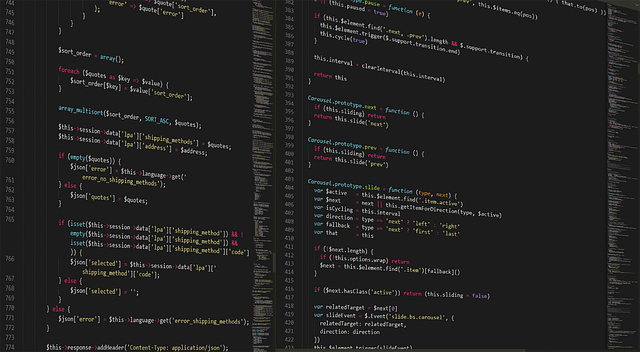Mastering Platform Authentication: A Comprehensive Guide
In today’s digital landscape, authentication serves as the first line of defense for platforms that manage sensitive user information. It’s the gatekeeper that ensures only authorized users can access certain features, making it a crucial component of security protocols. For developers and platform administrators, mastering authentication processes is not just a technical necessity—it’s an essential element in building trust and a seamless user experience.
Understanding Authentication
At its core, authentication is about verifying the identity of users. It involves confirming that someone is who they claim to be before granting access. This process can take various forms, from traditional username and password combinations to biometric scans and multi-factor approaches. Understanding these methods can greatly enhance your platform’s security and usability.
The Importance of Strong Authentication Methods
As platforms increasingly become targets for cyberattacks, the importance of robust authentication methods cannot be overstated. Relying solely on weak passwords puts users at risk of data breaches. Therefore, implementing stronger methods—such as two-factor authentication (2FA) or biometric login—can significantly mitigate these risks.
1. Password Management
Encouraging users to create complex passwords is essential. However, it’s equally important to provide features for password recovery and management. Tools like password managers can help users store and generate unique passwords, minimizing the risk of reusing simple passwords across different platforms.
2. Two-Factor Authentication (2FA)
Implementing 2FA adds an extra layer of security. By requiring users to verify their identity through another method—like a text message or authentication app—platforms can drastically reduce unauthorized access. This approach has become a standard practice in numerous high-security platforms.
3. Biometric Authentication
As technology evolves, so do authentication methods. Biometric authentication—using fingerprints, facial recognition, or retina scans—offers enhanced security and convenience. With mobile devices increasingly equipped with these features, integrating biometric options can improve user experience while maintaining high security.
Challenges in Implementation
Even with various authentication methods available, platforms face challenges during implementation. Balancing security with user experience is crucial; overly complicated processes can frustrate users, leading them to abandon your platform altogether.
1. User Education
Educating users about the importance of strong authentication and how to utilize offered features is essential. Clear instructions, tutorials, and guidance can empower users to engage confidently with your platform’s security protocols.
2. Regulatory Compliance
Different regions have varying regulations regarding data protection and user privacy. Ensuring that your authentication methods comply with local laws and global standards, such as GDPR or CCPA, is vital for maintaining your platform’s credibility and avoiding legal pitfalls.
The Future of Authentication
The landscape of authentication is rapidly evolving, with trends suggesting a move toward passwordless solutions and decentralized identity frameworks. These innovations aim to enhance security and simplify user interactions, making it easier for users to navigate platforms without compromising their personal information.
Mastering authentication is an ongoing journey that directly impacts user trust and satisfaction. As you explore various methods and strategies, remember that each decision made regarding authentication will reverberate throughout the overall perception and security of your platform. Stay informed, remain adaptable, and invest in protecting your user’s data; it’s an investment in the future of your platform.



